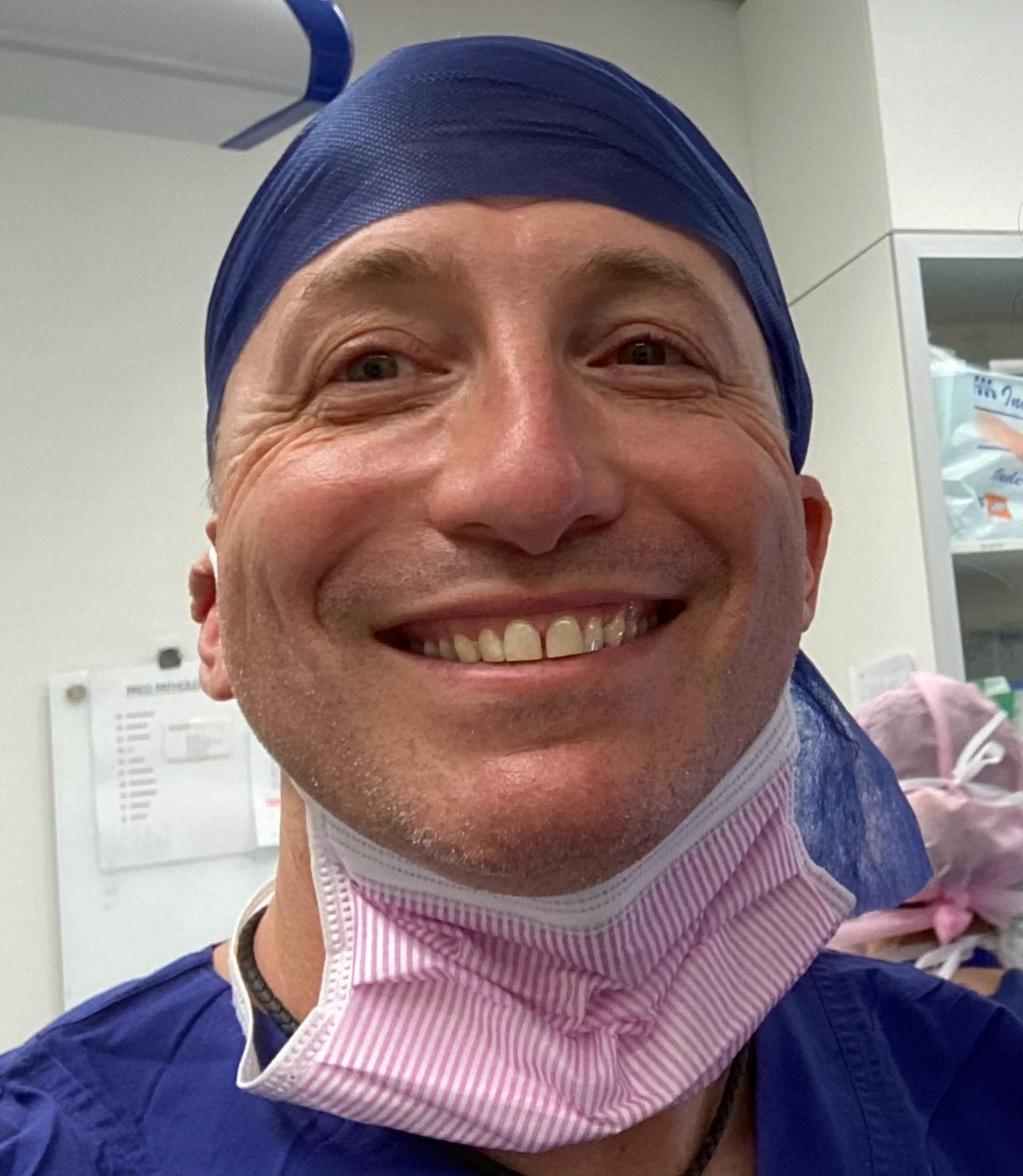Skin cancer is one of the most common cancers worldwide, and yet many early signs often go unnoticed until the condition has progressed. Detecting skin cancer in its earliest stages is critical for successful treatment and recovery. Dr Shaun Segal, a leading expert in dermatology, emphasizes that recognising warning signs early can be life-saving.
Below are 10 early warning signs of skin cancer you should never ignore:
1. A New Growth or Spot on the Skin
Not all new spots are harmless. If you notice a mole, bump, or patch that wasn’t there before and it’s not fading or healing, it’s worth a closer look. Skin cancer can begin as a subtle mark that gradually becomes more prominent.
2. A Mole That Changes in Size, Shape, or Color
Healthy moles typically remain the same over time. If a mole grows rapidly, becomes irregularly shaped, or changes color (especially darkening), it could be a sign of melanoma. Dr Shaun Segal recommends self-checks monthly and professional skin evaluations yearly.
3. Itching or Tenderness
While skin conditions can cause itchiness, a persistent itch in a specific area, especially one that feels slightly raised or rough, can be a warning. Tenderness or pain without obvious injury may also signal an underlying issue.
4. Bleeding or Oozing Lesions
A spot that bleeds, crusts over, and doesn’t heal within a few weeks can be more than just a scratch. Skin cancers, especially basal cell carcinoma, may bleed easily and repeatedly.
5. A Sore That Won’t Heal
If you have a wound that lingers for more than 3 weeks without healing, it may be more than just dry skin or a minor injury. Chronic non-healing sores can be an early indicator of squamous or basal cell carcinoma.
6. Scaly, Rough Patches
Patches of skin that become scaly, dry, or rough—and persist despite moisturizing—could be actinic keratosis, a precancerous condition that may develop into squamous cell carcinoma if untreated.
7. A Pearly or Translucent Bump
Basal cell carcinoma often appears as a pearly or waxy bump, commonly on the face or neck. These lesions may seem harmless but can grow and invade surrounding tissues if ignored.
8. Dark Streaks Under the Nail
Melanoma doesn’t only appear on exposed skin. Subungual melanoma, which forms under the nails, can look like a dark line or bruise. If you haven’t injured the nail and the streak persists, it should be checked by a specialist.
9. Red, Firm Nodules
Firm, red or pink nodules that grow over time may be a sign of squamous cell carcinoma. These lesions often appear on sun-exposed areas such as the face, ears, and hands.
10. Unusual Texture or Sensation
If part of your skin suddenly feels different, like becoming thicker, firmer, or forming a noticeable ridge, it may indicate changes in skin cells. Such abnormalities should not be ignored.
When to See a Doctor
If you notice any of these signs, it’s essential to consult a qualified dermatologist. Dr Shaun Segal advises that any suspicious skin change lasting more than a few weeks should be evaluated, especially if it’s new, changing, or symptomatic.
He emphasises the importance of the ABCDE rule for melanoma detection:
- Asymmetry
- Border irregularity
- Color variation
- Diameter larger than 6mm
- Evolving features
Early detection remains the key to preventing serious complications. With timely diagnosis and proper treatment, most skin cancers can be cured.
Final Thoughts
Skin cancer doesn’t always start with a dramatic change. Sometimes, it’s a small sign that’s easy to overlook. Trust your instincts and pay attention to your skin. A quick check today could save your life tomorrow.
If you have concerns or see any of the warning signs listed above, don’t hesitate to book a consultation with Dr Shaun Segal for expert guidance and care.
